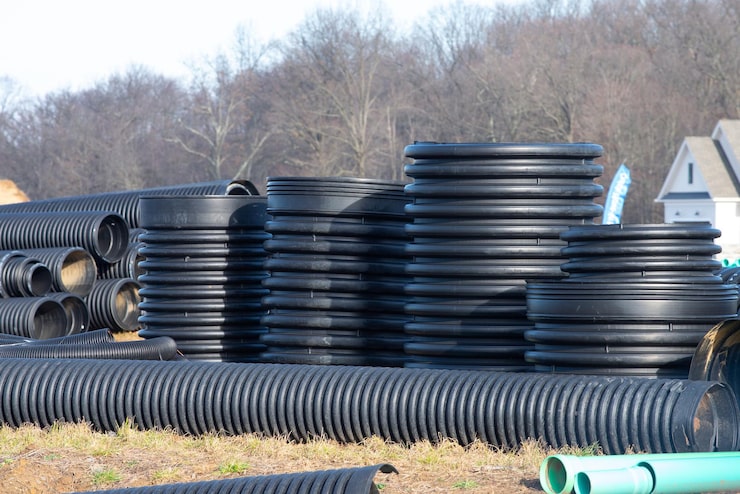When people first encounter High-Density Polyethylene piping systems, one of the common questions is can HDPE be welded together. HDPE, short for High-Density Polyethylene, is a thermoplastic material that is widely used in pipelines for water, gas, sewage, mining, and chemical applications. Its popularity comes from properties such as flexibility, chemical resistance, and long service life. But unlike steel or copper, HDPE cannot be joined with traditional welding rods or solder. Instead, it is welded using special techniques that apply controlled heat and pressure to create a permanent joint.
The answer is yes, HDPE can be welded together, but the process is different from welding metals. HDPE welding involves fusion techniques that melt and merge the pipe surfaces so that once cooled, the joint becomes part of the pipe itself. This results in a homogenous system with no weak points, which is why HDPE pipelines are trusted in critical industries where leaks and failures would be unacceptable.

One of the most widely used methods is butt fusion welding. This technique begins by aligning the ends of two HDPE pipes and pressing them against a heated plate until the plastic softens. The plate is then removed, and the ends are pushed together with controlled force. As the material cools, it solidifies into a strong, permanent bond. Butt fusion is especially effective for large-diameter pipes and long continuous runs, making it a preferred method in municipal water and industrial infrastructure projects.
Another important option is electrofusion welding. Unlike butt fusion, this method uses fittings that contain embedded metal coils. When an electric current passes through the coils, the fitting and the outer surface of the pipe heat up and melt together. Electrofusion is particularly useful in confined spaces where butt fusion equipment may not fit. It is also widely applied in gas distribution networks, where safety requirements demand consistent and reliable joints.
For smaller pipes, socket fusion welding can be used. In this method, both the pipe and the fitting are heated before being pushed together. The melted surfaces fuse to form a secure bond. This approach is common in smaller-scale systems such as residential or light commercial installations where quick and efficient assembly is needed.
In addition, extrusion welding is sometimes used, especially for fabrications and repairs. This involves heating a filler rod of HDPE material and applying it to the joint area, bonding it with the pipe surfaces. While not the primary choice for pipeline construction, extrusion welding is valuable for repairing damaged sections or fabricating custom components like tanks and liners.
The success of welding HDPE together depends heavily on quality control and operator skill. Pipes must be cut square, cleaned thoroughly, and aligned properly. In butt fusion, for example, correct heating and cooling times are critical. In electrofusion, scraping off the oxidation layer from the pipe surface is essential to achieving a strong bond. Even small errors can compromise joint integrity, so training and adherence to standards are mandatory.
When HDPE pipes are welded correctly, the joints are as strong as or stronger than the pipe itself. This durability makes welded HDPE systems ideal for underground installations, pressurized pipelines, and long-term infrastructure projects. They resist corrosion, chemical attack, and environmental stresses, giving them an advantage over many other materials.
From an industry perspective, the ability to weld HDPE together has opened doors for its use in applications once dominated by steel, concrete, or PVC. Municipal water systems, gas networks, and industrial fluid pipelines increasingly rely on HDPE fusion because it reduces leaks, lowers maintenance, and improves overall efficiency. As fusion equipment becomes more advanced, the process is also becoming faster and more precise, making HDPE welding an attractive solution for modern infrastructure challenges.


